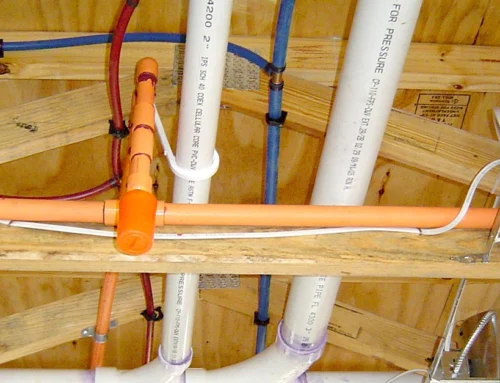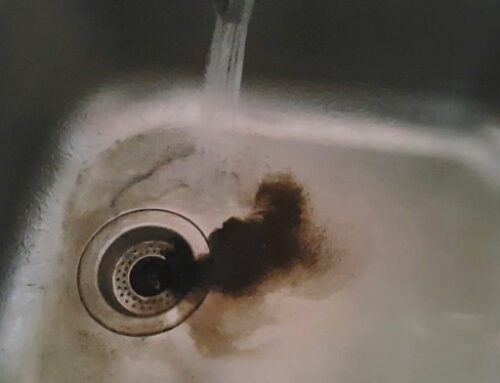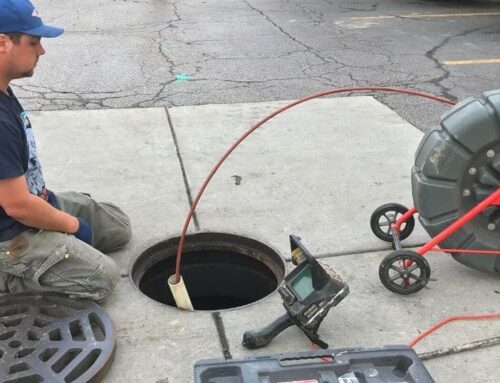Sacramento may not see the heavy snowstorms of colder states, but winter temperatures here can still drop low enough to cause serious plumbing problems. Frozen pipes, slow drains, and water heater strain are just a few issues that can surprise homeowners when the cold sets in. One of the best ways to prepare your plumbing for winter is to insulate exposed pipes, especially those located in garages, crawl spaces, or along outside walls. This simple step can save you from costly repairs and water damage later. In this article, we’ll walk through practical cold-weather plumbing tips that keep your home safe, protect your water supply, and help you avoid stressful emergencies. By the end, you’ll know exactly what to do before temperatures drop.
Why Cold Weather Affects Plumbing in Sacramento
While Sacramento winters are mild compared to snowy regions, nights often dip near freezing. That’s when water inside pipes can freeze. Ice expands, creating pressure that cracks pipes and leads to leaks once things thaw. Even without freezing, colder weather stresses plumbing systems in other ways. Water heaters must work harder to maintain temperature, drains clog faster from grease buildup, and outdoor spigots can drip into walls or basements.
Understanding these risks is the first step toward prevention. Homeowners who prepare early can avoid expensive repairs and the hassle of calling for emergency plumbing services in Sacramento on the coldest nights.
Insulate Exposed Pipes Before Freezing Nights
Pipe insulation is one of the simplest yet most effective steps you can take. Foam sleeves, fiberglass wrap, or even heavy-duty tape can keep pipes from reaching freezing temperatures. Focus on:
- Outdoor hose bibs and faucets
- Pipes in unheated garages, attics, or crawl spaces
- Plumbing along exterior walls
If you can touch a pipe and it feels cold in winter, it needs insulation. Sacramento’s occasional frosts are enough to burst unprotected pipes, so this small investment can save thousands in water damage cleanup.
Disconnect and Protect Outdoor Faucets
Outdoor faucets, often called hose bibs, are one of the most common sources of winter leaks. When a hose remains attached, water inside can freeze and back up into your home’s pipes. Always:
- Remove and store hoses in late fall
- Drain the faucet completely
- Use a faucet cover or wrap for added protection
If your outdoor faucets are older, consider upgrading to frost-proof versions. They provide extra safety during colder nights.
Keep a Drip Running on Extra Cold Nights
When temperatures fall near freezing, running a small trickle of water through vulnerable pipes keeps them from freezing solid. This method relieves pressure build-up, which is the main cause of pipe bursts. Choose faucets farthest from your main water line or in colder areas of the house.
Though it may seem wasteful, the small amount of water you use is far cheaper than the cost of burst pipe repairs. It’s especially important if you’ve had frozen pipes before or if your home has limited insulation.
Don’t Forget About Your Water Heater
During Sacramento winters, water entering your home is colder. That means your water heater works harder to provide warm showers, dishwashing, and laundry. To prevent breakdowns, consider:
- Flushing the tank to remove sediment buildup
- Checking the anode rod for corrosion
- Wrapping the tank in an insulation blanket if it’s in a garage or an unheated area
If your water heater is older and struggling, this is the season when it often fails. Stay ahead of problems by scheduling water heater maintenance before the coldest weeks.
Watch for Slow Drains and Clogs
Holiday cooking in colder weather often leads to more grease and food waste down kitchen sinks. Combined with cold temperatures, grease solidifies quickly, causing stubborn clogs. To prevent backups:
- Never pour oil, grease, or fats down the drain
- Run hot water after using the sinks
- Use a sink strainer to catch food debris
If you notice multiple drains backing up, it may signal a larger issue with your main line. In that case, a sewer line repair in Sacramento may be needed before things worsen.
Seal Drafts and Close Crawl Space Vents
Cold air flowing around plumbing makes pipes more likely to freeze. Check for drafts near sinks, especially under kitchen and bathroom cabinets. Use caulk, spray foam, or insulation to seal gaps. In crawl spaces, close vents and consider installing covers to block winter air. Even a few degrees of warmth can protect your pipes.
Prepare for Plumbing Emergencies
Even with preparation, emergencies can still happen. A burst pipe, sudden leak, or failing water heater can leave you scrambling. To be ready:
- Know where your main water shut-off valve is located
- Keep the plumber’s contact information saved in your phone
- Have basic supplies like buckets, towels, and a wet/dry vacuum handy
Preparation ensures you can minimize damage until emergency plumbing services in Sacramento arrive.
Winterize Your Home Before Vacations
If you’re leaving Sacramento during winter, don’t forget your plumbing. Extended absences without water flow increase the chance of freezing. Before you leave:
- Shut off the main water supply
- Drain faucets and toilets if possible
- Set your thermostat no lower than 55°F
Taking these precautions avoids coming home to major water damage.
Benefits of Staying Ahead with Winter Plumbing Care
Preventive care saves money, stress, and damage. Here’s what you gain by following cold-weather plumbing tips:
- Lower risk of pipe bursts and water damage
- Longer lifespan for your water heater and appliances
- Fewer emergency plumbing calls
- Peace of mind during freezing nights or vacations
Sacramento homeowners who take these steps not only avoid costly disasters but also enjoy uninterrupted comfort all winter long.
Final Thoughts
Plumbing problems don’t wait until it’s convenient, especially in cold weather. Sacramento winters may seem mild, but freezing nights can still catch homeowners off guard. By insulating pipes, maintaining your water heater, protecting outdoor faucets, and staying alert to warning signs, you can prevent costly emergencies.
Whether you’re protecting your home for the first time or improving your routine, these cold-weather plumbing tips are easy to apply and highly effective. A little preparation today can save you from the frustration of burst pipes or a broken water heater tomorrow.
FAQs











